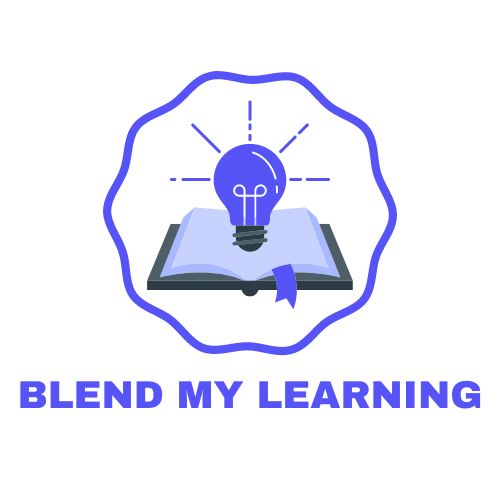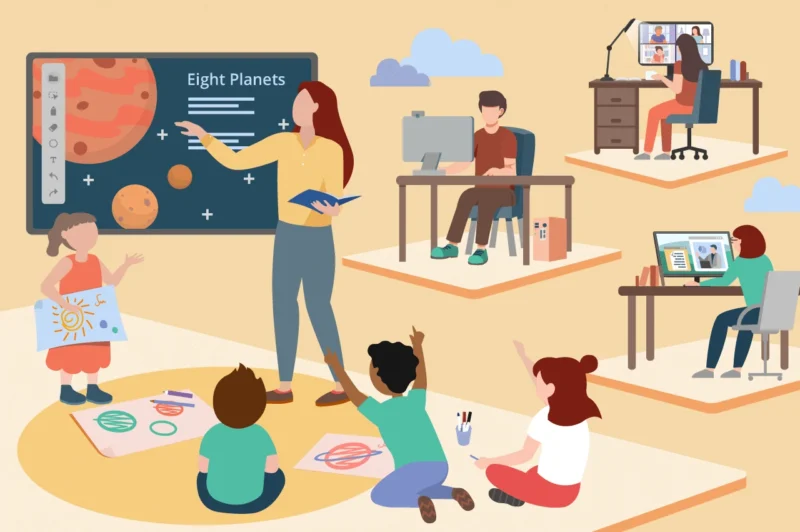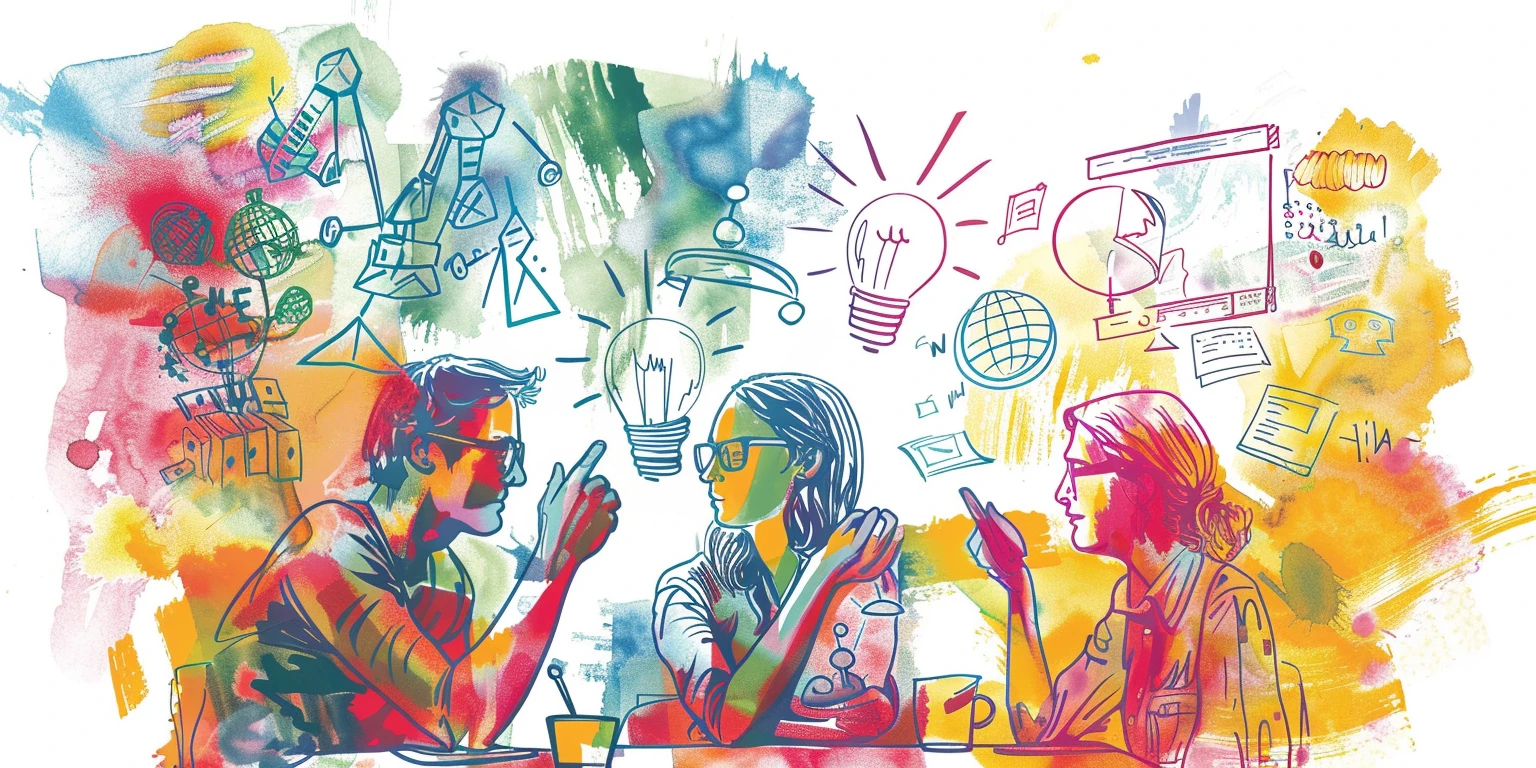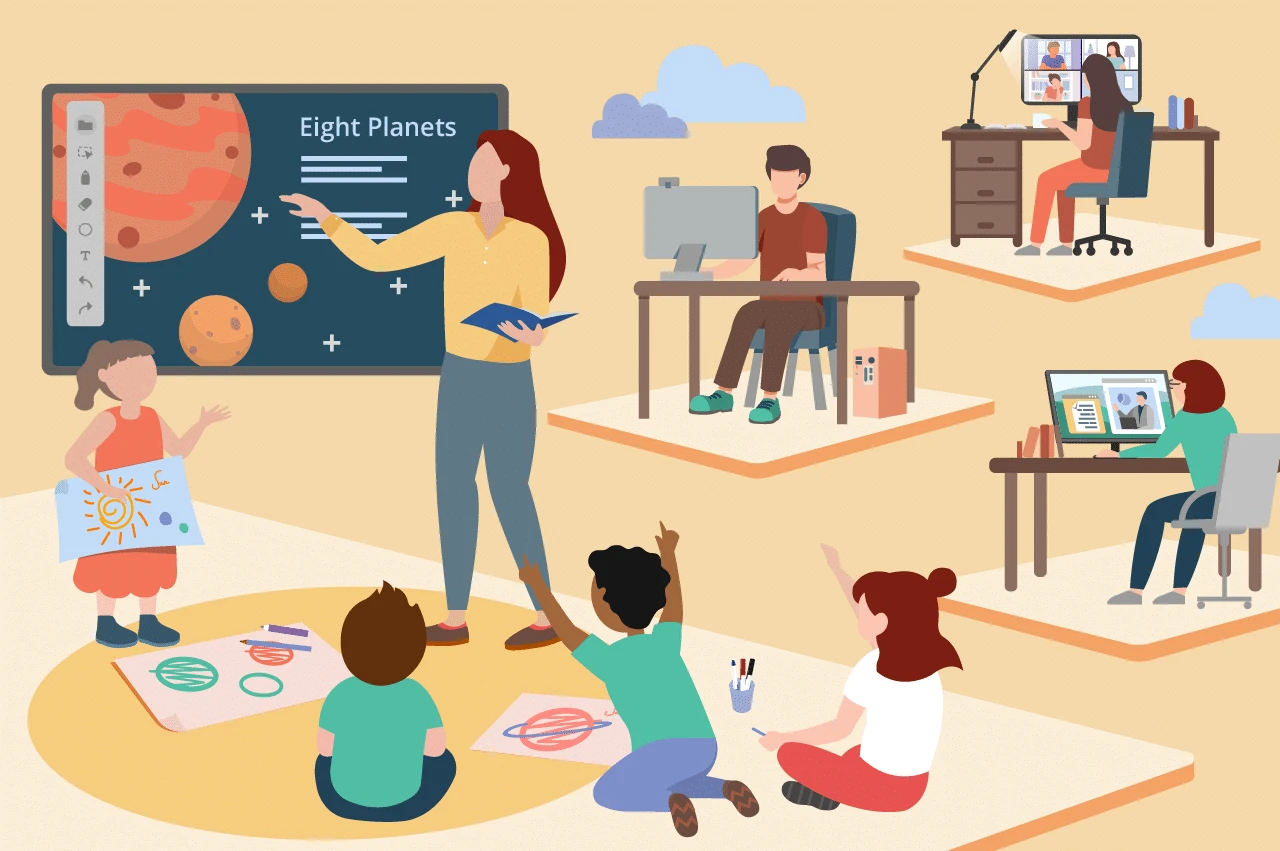Blended learning combines traditional classroom methods with online educational resources. This approach aims to provide a more engaging and effective learning experience. Below are several interactive activities that can enhance student engagement in blended learning.
Flipped Classroom
The flipped classroom model reverses the traditional learning environment. Students watch lectures at home and engage in interactive activities in class. This method frees up class time for hands-on learning and deeper discussions.
Implementing the Flipped Classroom
- Pre-Class Video Lectures: Record short video lectures. Ensure they cover key concepts.
- Interactive Quizzes: Create quizzes related to the videos. This ensures students understand the material.
- In-Class Activities: Use class time for group work and problem-solving. Encourage students to apply what they learned.
Gamification
Gamification involves integrating game elements into learning. It makes education fun and competitive.
Steps to Gamify Learning
- Points and Badges: Award points and badges for completing tasks. This motivates students.
- Leaderboards: Display leaderboards to foster a healthy competitive spirit.
- Challenges and Quests: Design challenges that align with learning objectives. Offer rewards for completion.

Interactive Quizzes and Polls
Quizzes and polls make learning interactive. They provide immediate feedback and keep students engaged.
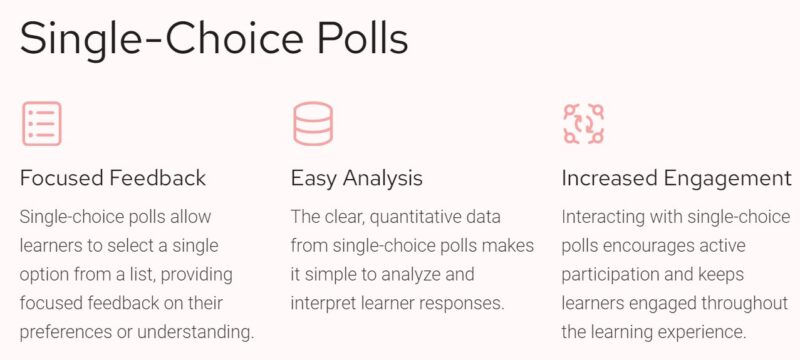
Creating Effective Quizzes and Polls
- Use Varied Question Types: Include multiple-choice, true/false, and short answer questions.
- Immediate Feedback: Provide instant feedback. This helps students understand mistakes.
- Regular Quizzes: Conduct quizzes regularly. This ensures continuous engagement.
Group Work and Collaboration
Group activities promote teamwork and communication skills.
Organizing Group Activities
- Group Projects: Assign projects that require collaboration. Ensure each member has a role.
- Discussion Forums: Use online forums for group discussions. This keeps the conversation going outside class.
- Peer Reviews: Encourage students to review each other’s work. This fosters a sense of community.
Virtual Field Trips
Virtual field trips provide real-world experiences without leaving the classroom.
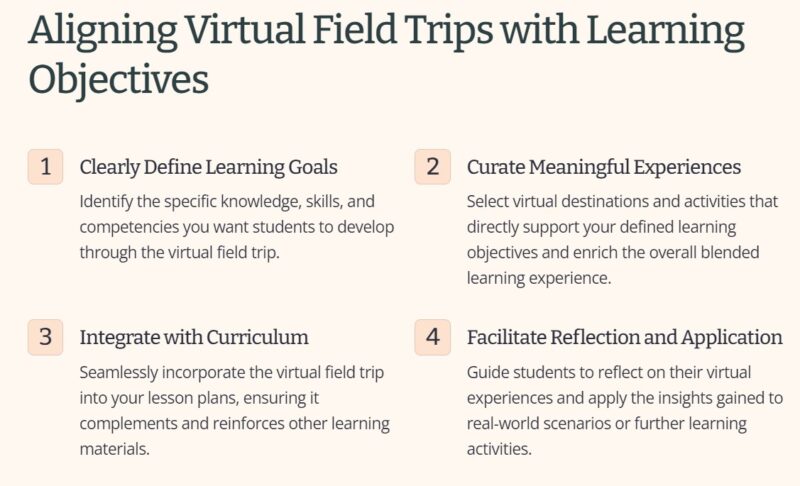
Planning Virtual Field Trips
- Choose Relevant Locations: Select locations that complement the curriculum.
- Interactive Elements: Include interactive elements like quizzes and discussions.
- Post-Trip Activities: Plan activities to reflect on the trip. This reinforces learning.
Scavenger Hunts
Scavenger hunts make learning fun and engaging. They encourage students to explore and apply knowledge.
Designing Scavenger Hunts
- Create Clues: Develop clues related to the subject matter.
- Use Technology: Utilize apps and tools for a modern twist.
- Team Collaboration: Encourage teamwork. This makes the activity more dynamic.
Use of Social Media
Social media platforms can enhance engagement. They offer a space for discussion and collaboration.
Integrating Social Media
- Class Hashtags: Create class-specific hashtags for discussions.
- Online Discussions: Use platforms like Twitter or Facebook for class discussions.
- Share Resources: Post relevant articles and videos. This keeps students informed and engaged.
Interactive Videos
Interactive videos keep students engaged and allow them to control their learning pace.
Creating Interactive Videos
- Branching Scenarios: Create videos with different paths based on student choices.
- Embedded Quizzes: Include quizzes within videos. This ensures active viewing.
- Interactive Elements: Add clickable elements that provide additional information.
Role-Playing Activities
Role-playing helps students understand different perspectives and develop critical thinking skills.
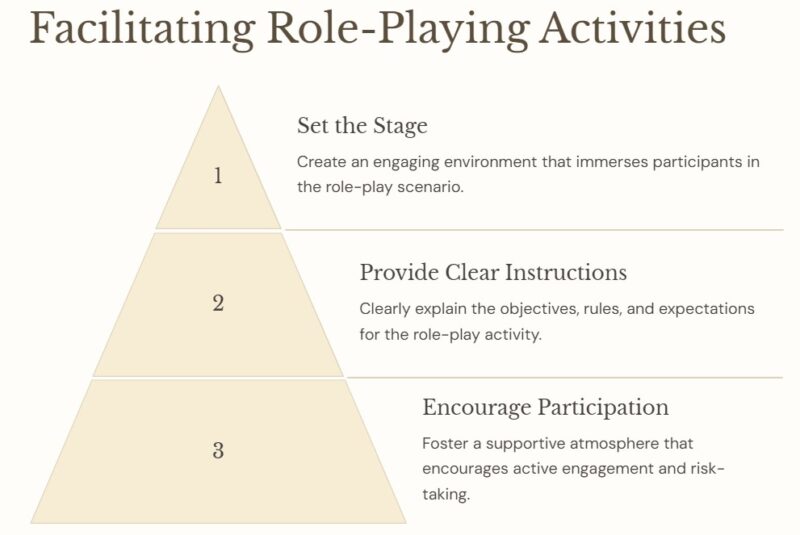
Interactive Simulations
Simulations provide hands-on experience and enhance understanding of complex concepts.
Using Simulations
- Choose Relevant Simulations: Select simulations that align with the curriculum.
- Pre-Simulation Preparation: Prepare students with background information.
- Post-Simulation Discussion: Discuss the simulation results and implications.
Peer Teaching
Peer teaching allows students to learn by teaching others. It reinforces their understanding and builds confidence.
Implementing Peer Teaching
- Assign Topics: Assign topics for students to teach. Ensure they cover key concepts.
- Provide Guidelines: Give clear guidelines on what to include.
- Feedback Sessions: Provide feedback after peer teaching sessions.
Mobile Learning
Mobile learning provides flexibility and accessibility. Students can learn on the go.
Facilitating Mobile Learning
- Mobile-Friendly Content: Ensure content is accessible on mobile devices.
- Learning Apps: Use educational apps for interactive learning.
- Notifications: Send reminders and updates via mobile notifications.
Online Discussion Forums
Discussion forums allow students to engage in meaningful conversations outside the classroom.
Setting Up Discussion Forums
- Choose a Platform: Select a platform that supports threaded discussions.
- Moderate Discussions: Ensure discussions stay on topic and respectful.
- Encourage Participation: Encourage all students to participate. Pose thought-provoking questions.
Interactive Infographics
Infographics present information visually. They make complex data easier to understand.
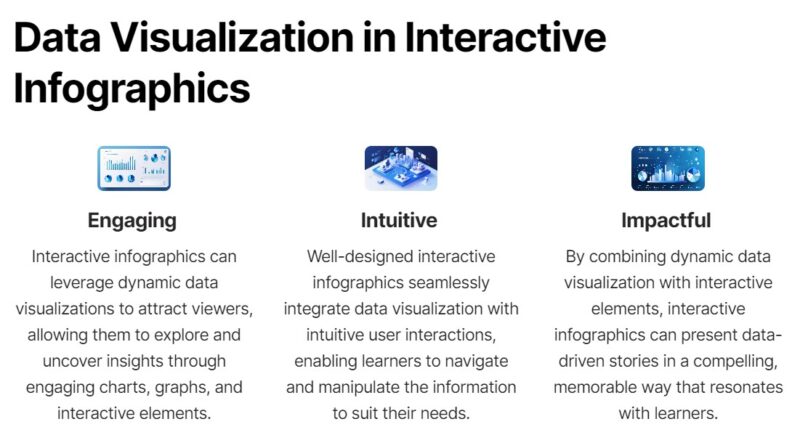
Creating Interactive Infographics
- Visual Appeal: Design visually appealing infographics.
- Interactive Elements: Include clickable elements for additional information.
- Relevance: Ensure infographics align with the curriculum.
Case Studies
Case studies provide real-world context and encourage critical thinking.
Using Case Studies
- Select Relevant Cases: Choose case studies that are relevant to the curriculum.
- Group Analysis: Have students analyze cases in groups.
- Class Discussions: Discuss findings as a class. Encourage different viewpoints.
Personalized Learning Paths
Personalized learning paths cater to individual student needs and preferences.
Creating Personalized Learning Paths
- Assessment Tools: Use assessment tools to identify student needs.
- Customized Content: Provide content tailored to individual learning styles.
- Progress Tracking: Track progress and adjust learning paths as needed.
Interactive Whiteboards
Interactive whiteboards make lessons dynamic and engaging.
Using Interactive Whiteboards
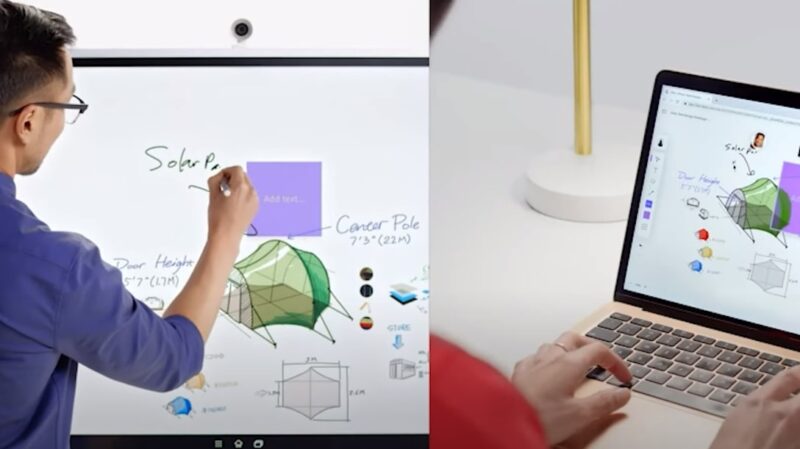
- Real-Time Interaction: Allow students to interact with the board.
- Visual Aids: Use visual aids like graphs and charts.
- Collaborative Activities: Conduct collaborative activities using the whiteboard.
Podcasts
Podcasts provide an alternative learning medium. They are convenient and can be consumed on the go.
Creating Educational Podcasts
- Relevant Topics: Choose topics relevant to the curriculum.
- Engaging Content: Ensure content is engaging and informative.
- Interactive Elements: Include quizzes or discussion prompts related to the podcast.
Interactive Reading Materials
Interactive reading materials engage students and enhance comprehension.
Developing Interactive Reading Materials
- Clickable Elements: Include clickable elements that provide additional information.
- Embedded Quizzes: Add quizzes within the text.
- Multimedia Elements: Incorporate multimedia elements like videos and audio clips.
Augmented Reality (AR)
AR brings a new dimension to learning by overlaying digital content on the real world.
Integrating AR in Learning
- AR Apps: Use AR apps that align with the curriculum.
- Interactive Lessons: Create interactive AR lessons.
- Hands-On Activities: Plan activities that involve AR for a hands-on learning experience.
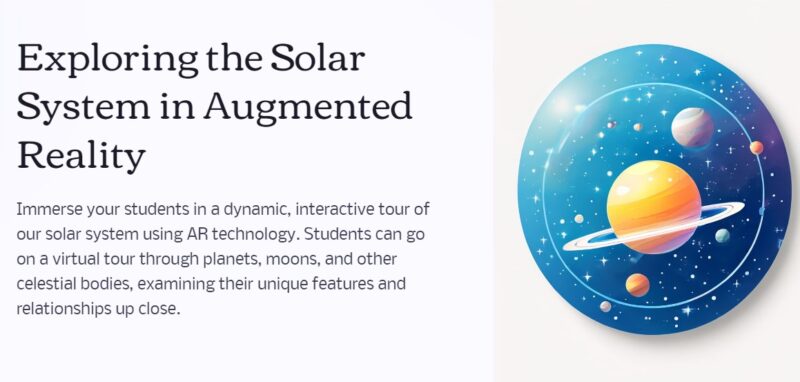
Virtual Reality (VR)
VR provides immersive learning experiences. It makes abstract concepts tangible.
Using VR in Education
- Choose Relevant VR Content: Select VR content that aligns with the curriculum.
- Pre-VR Preparation: Prepare students for the VR experience.
- Post-VR Discussion: Discuss the VR experience and its implications.
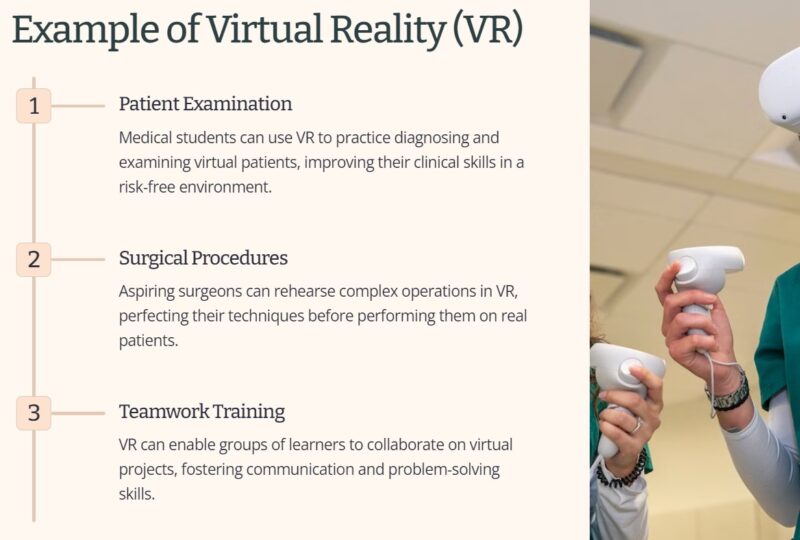
Real-Time Feedback
Real-time feedback keeps students engaged and helps them improve continuously.
Providing Real-Time Feedback
- Instant Grading: Use tools that provide instant grading and feedback.
- Interactive Sessions: Conduct interactive sessions where students receive feedback immediately.
- Continuous Improvement: Encourage students to use feedback for continuous improvement.
Conclusion
Interactive activities are crucial in blended learning. They keep students engaged and enhance the learning experience. Implementing the activities mentioned can transform a blended learning environment, making it more dynamic and effective.
Related Posts:
- Blended Learning vs. E-Learning - What is a Better Option
- Top Blended Learning Models for Effective Education…
- Step-by-Step Guide to Creating a Blended Learning Curriculum
- Top 10 Online Learning Platforms for Blended Education
- Essential Tools for Digital Literacy in a Blended…
- How to Incorporate Collaborative Learning in a…
